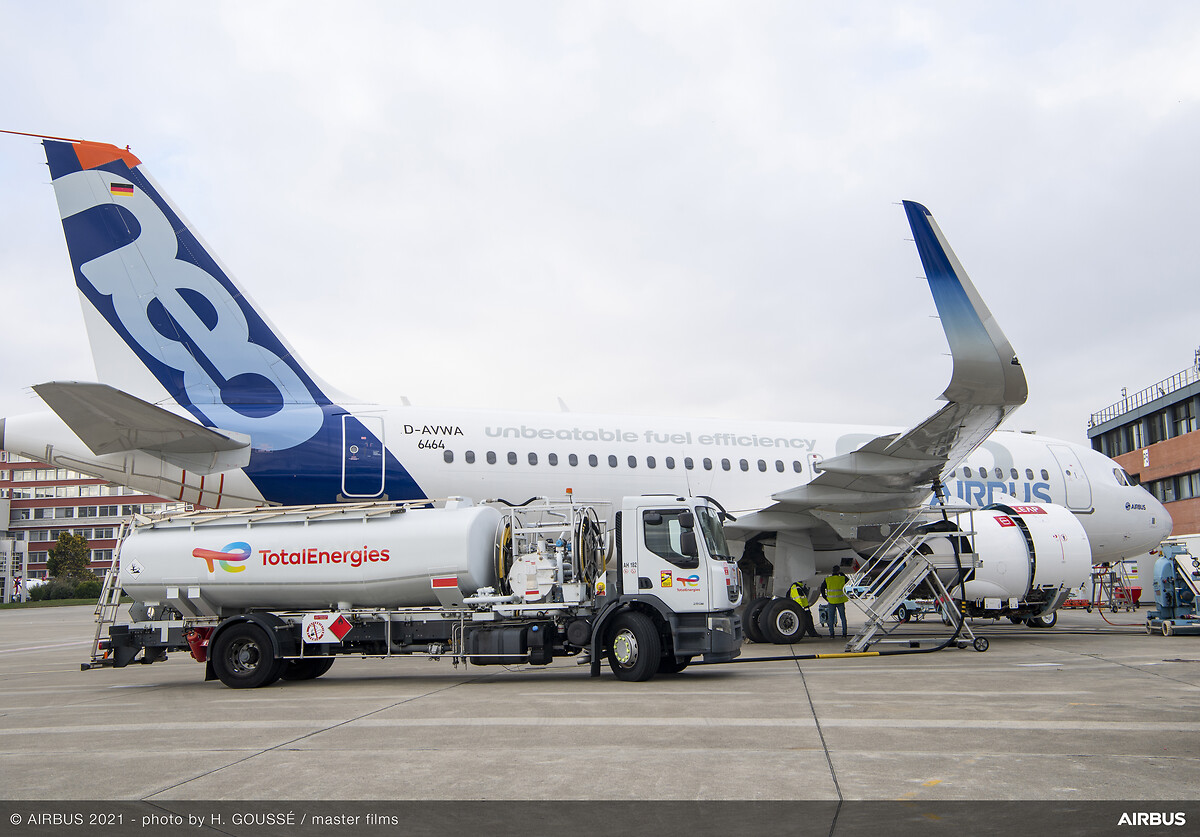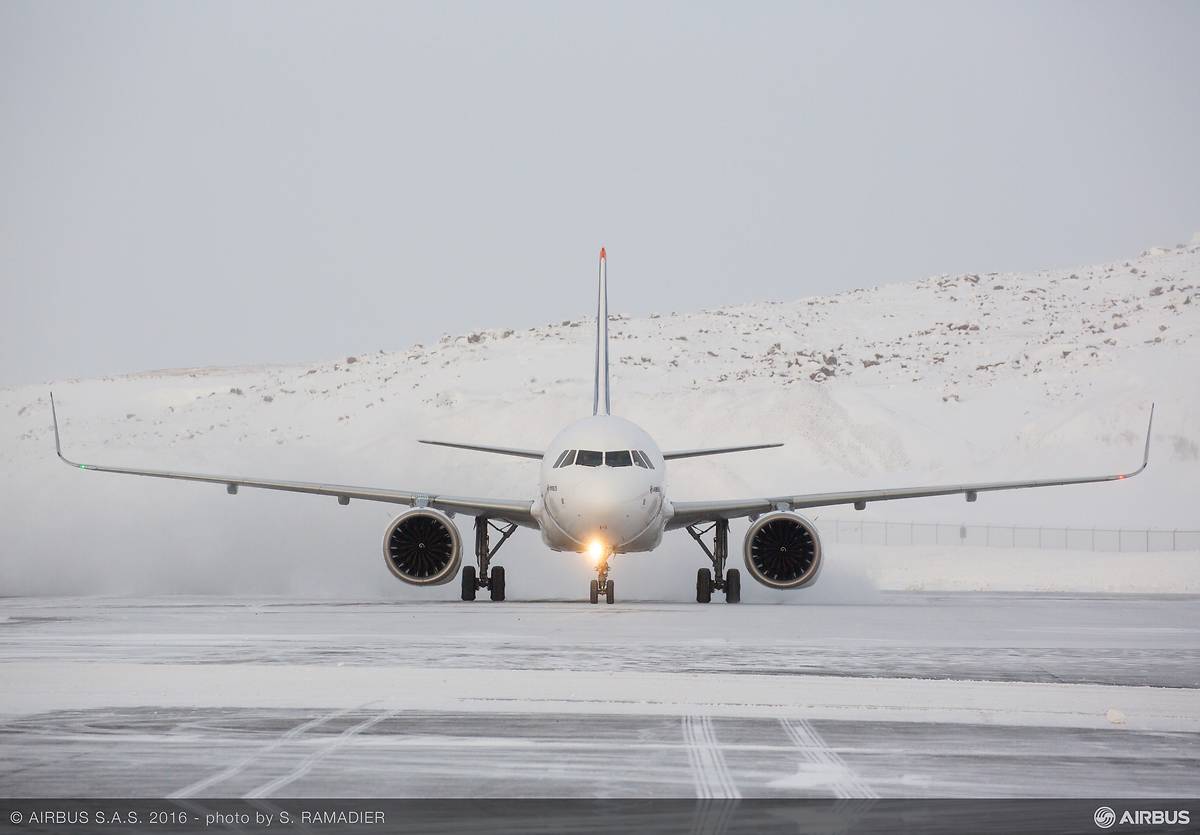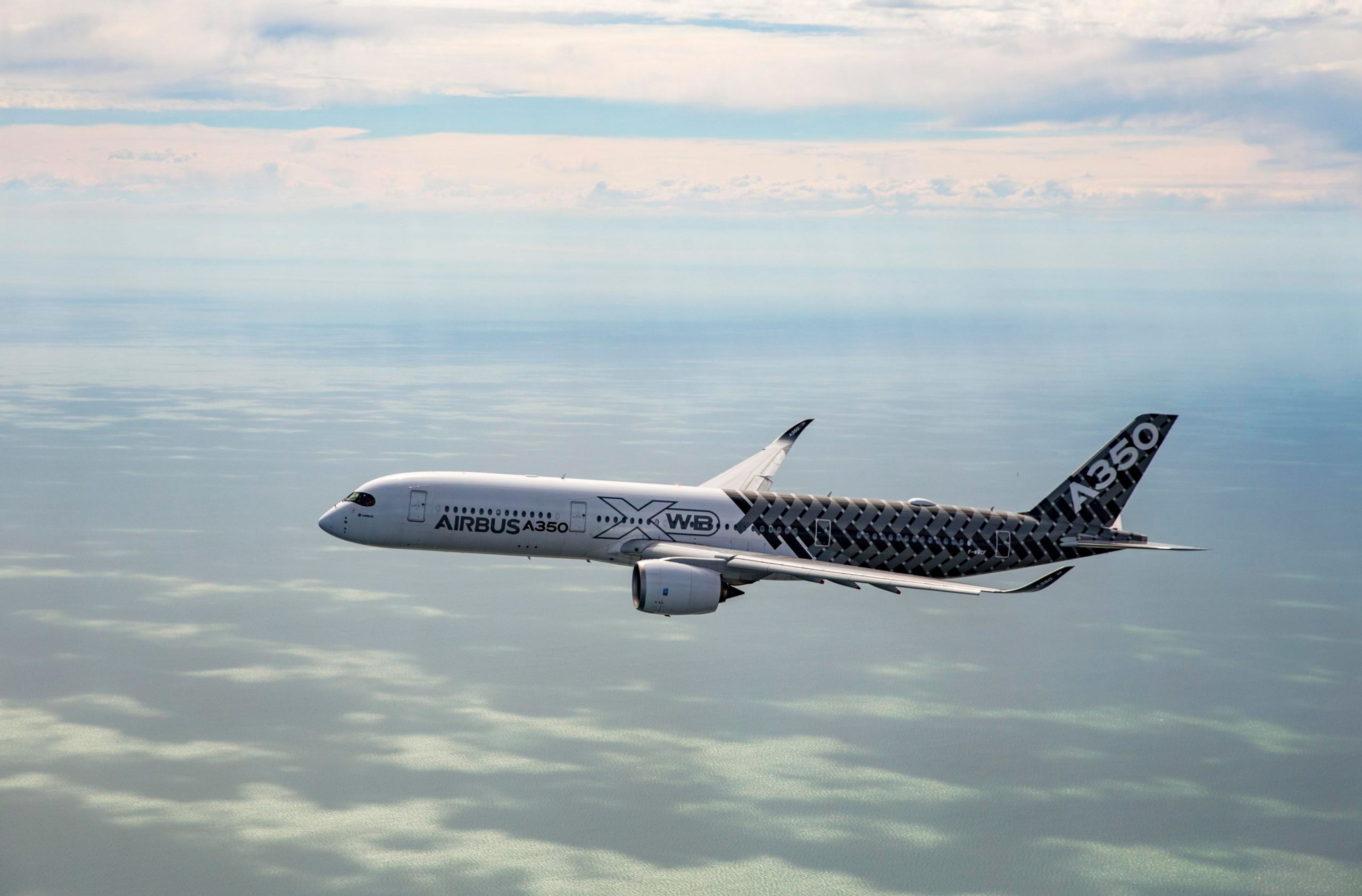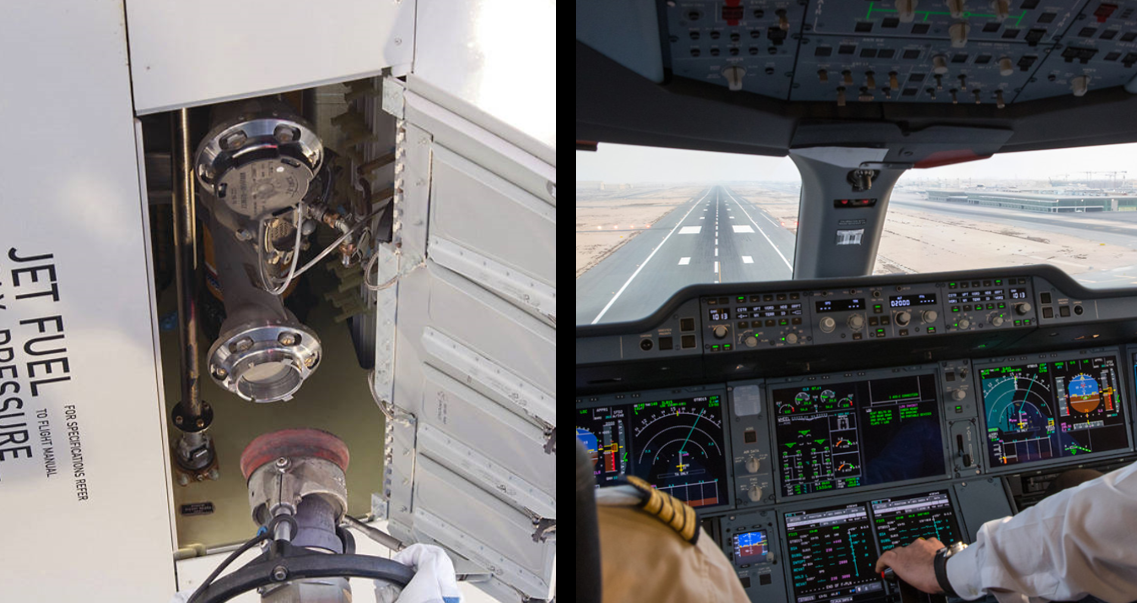
RunwaySense supports airports during monsoon
Every year ahead of the monsoon in the South-South East Asia region, several airports prepare their runways for the heavy rains they experience from June

Every year ahead of the monsoon in the South-South East Asia region, several airports prepare their runways for the heavy rains they experience from June

EASA announced regulatory changes in March 2022, giving operators the option to carry less fuel with the main changes impacting the contingency fuel. The new

The article includes an interview with Captain @Olivier Aspe, Airbus instructor pilot. Check it out here!

RunwaySense is a collaborative web-based platform where airspace users share runway condition reports in real-time to enhance the runway condition awareness, and to allow the

Let’s start by a definition, the aircraft performance is the combination of its engines and airframe capacities and characterizes what the aircraft is capable of

The take-off weight of any commercial aircraft (equipped to fly a given route) will consist of the aircraft empty weight, the operator’s items, payload (passengers,

Most regulations will state that the “commander” has the final authority on the fuel load for a flight. For commercial air transport operations, the “commander”

As every complex machine, the performance of each aircraft varies through time. Physics simply explains the deterioration of the airframe and engine depending on how

Like all businesses, airlines operate in a commercial world and anything that can be done to reduce costs may mean the difference between a profit
| Cookie | Duration | Description |
|---|---|---|
| cookielawinfo-checkbox-analytics | 11 months | This cookie is set by GDPR Cookie Consent plugin. The cookie is used to store the user consent for the cookies in the category "Analytics". |
| cookielawinfo-checkbox-functional | 11 months | The cookie is set by GDPR cookie consent to record the user consent for the cookies in the category "Functional". |
| cookielawinfo-checkbox-necessary | 11 months | This cookie is set by GDPR Cookie Consent plugin. The cookies is used to store the user consent for the cookies in the category "Necessary". |
| cookielawinfo-checkbox-others | 11 months | This cookie is set by GDPR Cookie Consent plugin. The cookie is used to store the user consent for the cookies in the category "Other. |
| cookielawinfo-checkbox-performance | 11 months | This cookie is set by GDPR Cookie Consent plugin. The cookie is used to store the user consent for the cookies in the category "Performance". |
| viewed_cookie_policy | 11 months | The cookie is set by the GDPR Cookie Consent plugin and is used to store whether or not user has consented to the use of cookies. It does not store any personal data. |